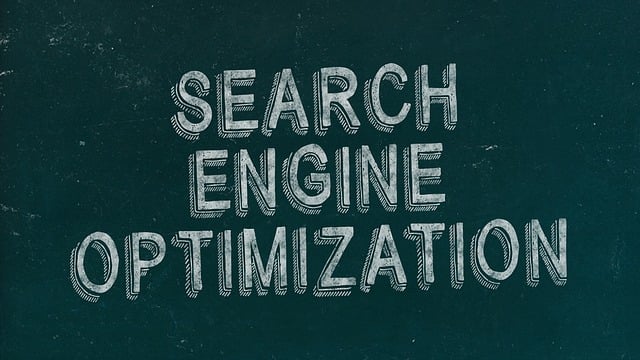AI-driven smart buildings are optimizing energy use through advanced algorithms and data analytics, dynamically adjusting lighting, temperature, and ventilation to minimize power consumption while maintaining occupant comfort. These technologies enhance operational efficiency, reduce carbon footprints, and promote sustainable urban environments. In long-term rental properties, AI smart building innovations optimize energy usage, enhance livability with dynamic adjustments, and provide remote access to amenities, resulting in cost savings for tenants, reduced environmental impact, and increased tenant satisfaction and loyalty.
In today’s competitive rental market, retaining tenants is crucial. This article explores how Artificial Intelligence (AI) can revolutionize long-term rentals by predicting tenant retention. We delve into understanding tenant behavior and its impact on turnover rates, highlighting the potential of AI to optimize energy use within smart buildings. By integrating advanced technologies, landlords can create enhanced living environments, fostering satisfaction and loyalty among residents. Discover how these innovative strategies not only minimize vacancy but also contribute to a more sustainable future through energy efficiency.
- Understanding Tenant Retention in Long-Term Rentals
- The Role of AI in Predicting and Optimizing Energy Use
- Integrating Smart Building Technologies for Enhanced Resident Experience
Understanding Tenant Retention in Long-Term Rentals

The Role of AI in Predicting and Optimizing Energy Use

Artificial Intelligence (AI) plays a pivotal role in predicting and optimizing energy use within smart buildings, offering a revolutionary approach to sustainability. By analyzing vast datasets from various sensors and systems, AI algorithms can identify patterns and trends related to occupancy, temperature preferences, lighting usage, and appliance consumption. This enables building managers to implement dynamic energy management strategies. For instance, AI can adjust lighting and HVAC (Heating, Ventilation, and Air Conditioning) systems based on real-time occupancy data, ensuring efficient resource allocation.
The technology also facilitates the development of predictive models that anticipate energy demands, allowing for proactive measures. These models can account for seasonal variations, weather conditions, and even tenant preferences to optimize energy use. As a result, AI smart building energy use optimization reduces operational costs, minimizes environmental impact, and enhances tenant satisfaction through comfortable and efficient living or working environments.
Integrating Smart Building Technologies for Enhanced Resident Experience

Integrating Smart Building Technologies offers a transformative opportunity for the property management industry, particularly in improving tenant retention within long-term rentals. These advanced systems go beyond basic convenience, focusing on energy use optimization and creating a more livable environment. By leveraging AI algorithms, smart buildings can dynamically adjust lighting, temperature, and ventilation based on real-time occupancy and weather data, leading to significant cost savings for tenants. This not only enhances the overall comfort and satisfaction of residents but also reduces their environmental footprint.
Moreover, these technologies enable remote monitoring and control of various amenities and services within the building, such as access control, security systems, and smart appliances. Tenants appreciate the convenience and peace of mind that come with being able to manage their living space efficiently from a distance. This level of integration fosters a sense of community and engagement among residents, contributing to higher satisfaction rates and increased loyalty over time.
AI has the potential to revolutionize long-term rental properties by enhancing tenant retention through predictive analytics and optimizing energy use with smart building technologies. By understanding tenant preferences and behavior, AI can create more livable spaces, resulting in higher satisfaction rates. Integrating smart building features not only reduces energy consumption but also offers a modern, efficient lifestyle that appeals to today’s tenants. This approach ensures a win-win situation for both landlords and residents, fostering a sustainable and prosperous rental market.
